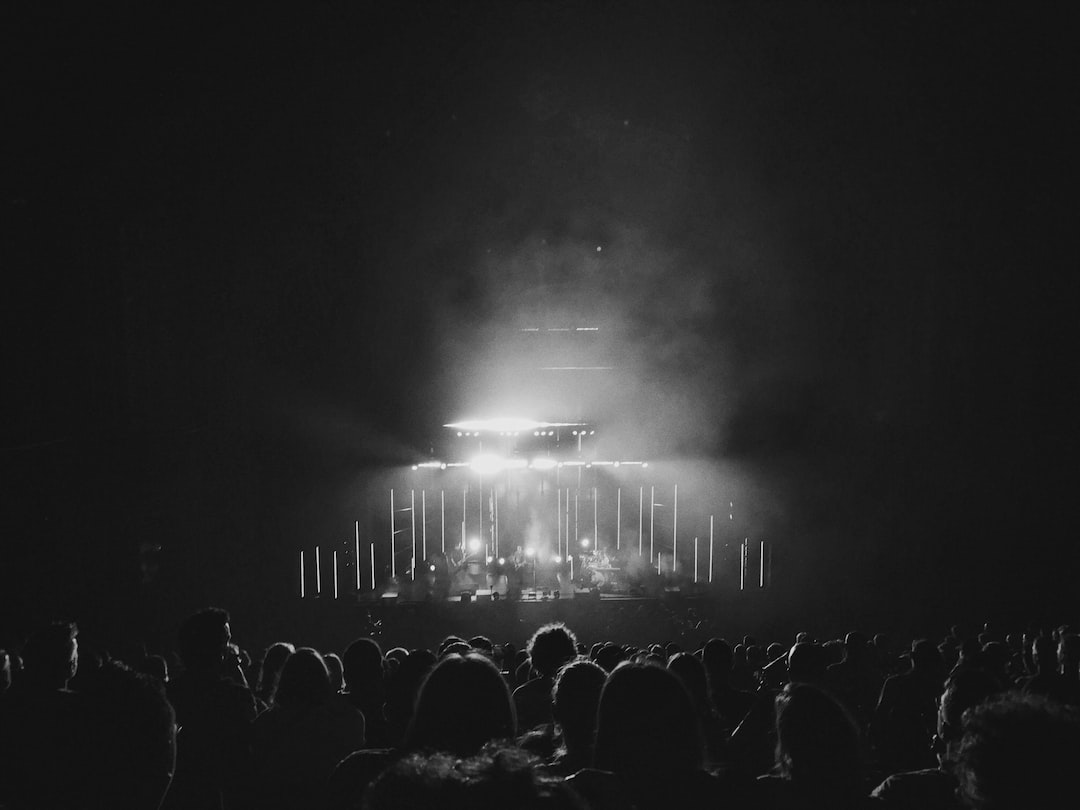From Page to Screen: Comparing Books and their Film Adaptations
Books and films are two different mediums that have their own unique ways of storytelling. While books allow readers to create their own vivid images and engage their imagination, films provide a visual and immersive experience. When a beloved book is adapted into a film, it often elicits mixed reactions from fans. Some are excited to see their favorite characters come to life, while others worry about the potential changes and deviations from the original story. In this blog post, we will explore the nuances of the transition from page to screen and discuss some popular examples.
One of the most important aspects of a book-to-film adaptation is staying true to the essence of the story. However, it is essential to remember that film is a different art form and certain changes are inevitable. Filmmakers need to condense the plot and transform the narrative into a visual language that captivates the viewers. It is impossible to include every detail from a book into a two-hour movie. This challenge often leads to alterations in characters, subplots, or the overall structure of the story.
When comparing books and their film adaptations, the role of imagination cannot be understated. Books allow readers to fill the gaps with their imagination and personalize the characters and settings. In contrast, films provide a visual interpretation created by the director and production team. This visual portrayal may align with what the readers imagined, but it can also deviate significantly. The filmmaker’s vision is shaped by various factors, such as budget constraints, time limitations, and the need to appeal to a wider audience.
One prime example of a successful book-to-film adaptation is J.R.R. Tolkien’s “The Lord of the Rings” trilogy. Peter Jackson’s cinematic interpretation of the epic fantasy world garnered critical acclaim and a massive fan following. While the films made certain changes and omissions, they captured the essence of Tolkien’s richly detailed universe. The stunning visuals and exceptional performances brought to life iconic characters such as Frodo, Gandalf, and Aragorn, making the films a beloved representation of the book series.
On the other hand, there are instances where the adaptation fails to meet the expectations of book-lovers. Stephen King’s “The Dark Tower” series, for example, received a lukewarm response when turned into a film. Fans of the books criticized the film for oversimplifying the complex narrative, which led to character development being sacrificed. This highlights the challenge of condensing a lengthy and intricate book series into a single movie, often resulting in the loss of depth and nuance.
It is also worth mentioning the unique experience of discovering a book after watching its film adaptation. In this case, the reader already has preconceived notions about the characters and plot. Reading the book after watching the film allows the reader to delve deeper into the story, uncovering hidden details and gaining a more comprehensive understanding. Sometimes, this experience can enhance the enjoyment of both the book and the film, as it offers a fresh perspective and adds layers to the narrative.
As technology advances, film adaptations have become more visually stunning and technically impressive. The addition of special effects, CGI, and breathtaking cinematography can enhance the storytelling experience. For instance, the film adaptation of Yann Martel’s “Life of Pi” utilized groundbreaking visual effects to bring the fantastical elements of the story to life. The film’s stunning visuals not only captivated the viewers but also complemented the introspective themes explored in the book.
However, it is important to remember that a visually appealing film does not guarantee a successful book-to-film adaptation. The heart of any adaptation lies in its ability to capture the essence of the story, convey the emotions of the characters, and maintain the message of the original work. Ultimately, a successful adaptation is one that respects the source material while embracing the creative possibilities of the cinematic medium.
In conclusion, comparing books and their film adaptations is a nuanced endeavor. While some adaptations successfully bring beloved stories to life, others may fall short of expectations. Both books and films offer unique storytelling experiences, and the transition from page to screen requires careful consideration and creative interpretation. Ultimately, the success of a book-to-film adaptation depends on staying true to the essence of the story while embracing the medium’s unique strengths.
